The UK is going digital—at least when it comes to visa documentation. From July 15, 2025, the Home Office will fully implement its eVisa system for most non-European applicants coming to the UK on long-term work or student visas. If you’re applying for a Skilled Worker, Global Talent, or Student visa lasting more than six months, this will likely apply to you.
Key Takeaways
What Is the UK’s New eVisa System and When Does It Start?
This is a big shift. Instead of receiving a physical visa vignette in your passport, you’ll now be granted an electronic visa linked to your passport through your UKVI (UK Visas and Immigration) account. It’s part of a broader digital transformation aimed at modernizing how the UK manages immigration records—and if all goes smoothly, it could set the tone for future visa systems globally.
Who Will Be Affected by the Switch to eVisas?
Let’s be clear: not everyone is affected by this just yet. The new eVisa system applies only to long-term visa applicants entering on work or student routes for durations longer than six months. If you’re applying under Skilled Worker, Global Talent, Health and Care, or Tier 4 Student visas, you’re in.
However, short-term visa holders, including most visitors and those staying less than six months, are currently excluded. The same goes for many dependents, who may still receive traditional visa vignettes for now. Eventually, though, the Home Office plans to phase eVisas in more broadly, so don’t be surprised if family visa categories follow suit in 2026.
How Does the eVisa System Work?
The new process is designed to be more hands-off and digital-first. Here’s what it looks like: you apply for your visa online as usual, but once your application is approved, you won’t receive a vignette sticker in your passport. Instead, you’ll be prompted to create a UKVI account and link your visa to your passport.
Through this account, you can view your immigration status, download your digital visa, and generate share codes. These codes can then be shared with employers, landlords, or even airlines to verify your immigration status. Think of it as a central dashboard for your legal right to be in the UK—accessible 24/7 and updated in real-time.
What Are the Benefits of Moving to a Digital Visa Format?
There are quite a few upsides to going digital. First, no more waiting around for physical documents to arrive via post or courier. That also means no delays from lost or damaged visas, and no need to worry about whether the visa sticker was affixed properly (it’s happened).
Also Read: Will You Have to Wait 10 Years for Permanent Residency in the UK Now?
For authorities and third parties—like your employer or landlord—it’s easier to check your legal right to work or rent using your shareable code. And for travelers, the eVisa is intended to speed up immigration checks at the border, especially once airline and immigration staff become more familiar with the system. The hope is less red tape, fewer lines, and smoother entries.
What Are the Risks or Challenges with the New System?
That said, no system is perfect, especially when it’s just rolling out. The biggest red flag? Your eVisa must be linked to the passport you’re traveling on, and any mismatch can result in being denied boarding by airline staff or entry at the UK border. That’s not something you want to find out after queuing for 90 minutes.
Also, not all international airline staff are fully trained yet, which means you may run into confusion at the check-in desk. Plus, in emergencies—say your phone is dead or you lose internet access—you won’t have a physical document to fall back on. While the system’s convenience is a plus, it relies heavily on tech literacy and digital access, which might not suit everyone.
How Are Airlines and Border Officials Preparing for This Change?
The Home Office is already working with European airlines and border control partners to ensure a smooth transition. Training materials, system integrations, and FAQs are being distributed to airline staff to help them verify digital visas properly.
However, this will be an adjustment period. You can expect teething issues for the first few months, particularly in smaller airports or on less-frequented routes. That makes it even more important for you, the traveler, to triple-check that your eVisa is active and properly linked before you even pack your suitcase.
What Should You Do Before Traveling to the UK Under This New System?
Here’s a quick checklist to make sure your journey doesn’t end at the check-in desk:
- Create your UKVI account early—don’t wait until the last minute.
- Link your visa to your current passport. If you renew your passport after getting the visa, you must update the linkage.
- Download or save your share code. Keep it somewhere offline just in case.
- Check your email regularly for updates from UKVI.
- Verify your digital status through your account at least a few days before departure.
- Stay updated on airline and border preparation announcements.
In short: get ahead of the system, and you’ll likely glide through.
Final Thoughts: Is This the Future of Immigration?
With the July 2025 eVisa rollout, the UK is officially moving toward a paperless border experience, at least for long-term workers and students. While the system promises efficiency and modernisation, its success will depend on seamless integration, public education, and airline coordination.
For now, if you’re planning to work or study in the UK beyond mid-2025, this is your new normal. Get comfortable with the process, keep your digital records tidy, and always double-check your passport linkage. Because in this new era, your visa isn’t stamped in your passport—it’s floating in the cloud.





